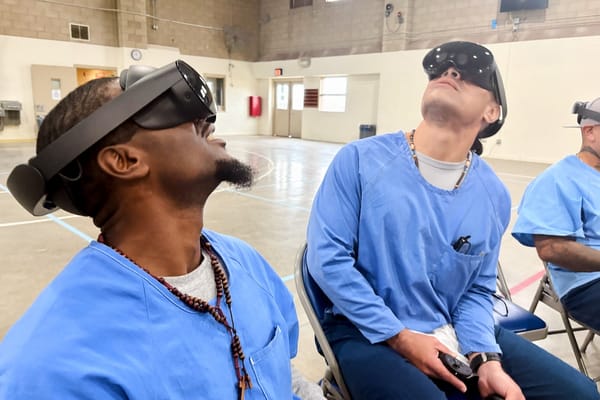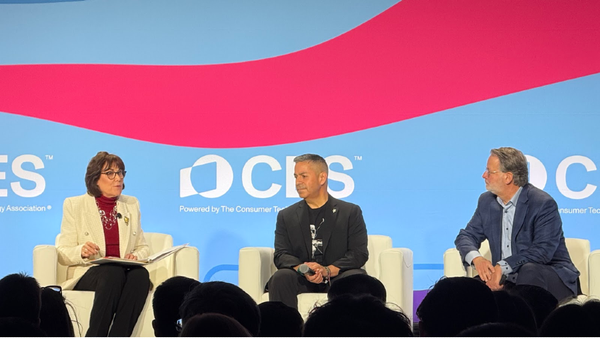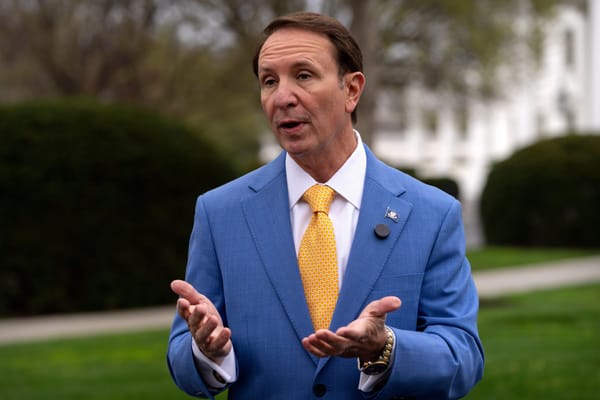Doug Dawson: When Will We See BEAD Construction?
I don’t want to burst bubbles, but there will not be substantial BEAD spending in 2025.
Doug Dawson

I got feedback from attendees at a few recent industry conferences that there are a lot of folks who think there will be substantial BEAD spending in 2025. I don’t want to burst bubbles, but I just can’t see that happening.
Like every other part of the BEAD process, there are delays coming that are going to drive folks crazy. The rule that is going to cause the biggest delays is that no grants can be awarded in a State until a broadband office has lined up an ISP to reach every unserved and underserved passing.
Most States will need multiple rounds of grant applications to reach every passing with broadband, and most have built those rounds into their Volume 2 rules. One of the oddest things about the BEAD process is the 365-day shot clock where NTIA is pressuring state broadband offices to complete the grant award process within a year of approval of the Volume 2 rules. The entire BEAD process up until now has been extremely deliberate – it’s been clear since the beginning that the NTIA wanted to avoid the problems the FCC ran into with RDOF by awarding funds to unqualified ISPs.
Pressuring state offices to rush ISP selection
After three years of little happening other than paperwork, the NTIA is suddenly pressuring grant offices to rush through ISP selection – the one step of the whole BEAD process where caution should be taken. The BEAD rules are complicated, and grant offices should be taking the time needed to make sure that applicants really meet the rules and can do what they claim. When I see states claiming they can handle the selection process in a few weeks, it’s clear there will be no due diligence undertaken. Going fast is good for ISPs because it means a grant office will be accepting every claim they make in a grant application without verification or questioning.
Even states that want to move quickly are going to run into problems when there are parts of a state or small pockets of homes that no ISP wants to serve. That’s going to trigger negotiations with grant winners to expand their footprints. If state broadband offices are feeling time pressure, this is where they are going to be tempted to hand a bunch of locations to Starlink, which is frankly a total copout unless the passings are extremely remote. If this process is done in a way to bring a real broadband solution to the small pockets, it’s going to take a while since ISPs are not going to readily accept locations that are hard to reach.
This process is very different from how State broadband grants have historically been handled. If a State historically found a good grant recipient in the first round, the State could proceed quickly to a grant award and get that project started. With BEAD, after a State has fully locked down an ISP for every passing, it must submit a report on the grant award process to the NTIA for approval. The NTIA says it hopes to do that review expeditiously, but it’s hard to think that writing that report and getting approval can happen much faster than two months. Who knows what happens if the NTIA disagrees with some of the grant awards or the award process?
Even when NTIA finally approves the whole grant package for a state, the next step is to finalize a contract with each ISP before a grant is officially awarded. I’ve seen this process for state grants stretch out for three months, and it can take longer. The contract is where the State will try to force an ISP to do things that were not included in its grant proposal. BEAD grant winners will have to fully comply with BEAD rules regardless of what they proposed in the grant application. This is also the stage of the process where ISPs must prove the final availability of funding and letters of credit.
States and ISPs will be at loggerheads over BEAD
I foresee many ISPs and States getting at loggerheads over some of the BEAD requirements, and it won’t be shocking if some ISPs walk away from BEAD during the negotiation process. States can obviously begin the negotiation process informally before the grant report is submitted to NTIA, but the negotiations won’t happen in earnest until it’s clear that the funds will be awarded. I don’t think anybody knows what happens if an ISP walks away from a grant late in the process.
For many grants, the next step is going to be an environmental study. Since all of the States are on a somewhat similar schedule, I expect there to be a bottleneck of the scientists and firms that do these studies. Typically, no construction work can begin until the study is complete and accepted by a State Broadband Office.
Unfortunately, ISPs are going to find out that BEAD is not the same as other grants they might have won. There will be more hoops to jump through, a more complicated grant contract, onerous reporting, and everything done under the eye of the NTIA.
To answer the question asked in the title of this blog, I see only a tiny fraction of BEAD construction happening in 2025. Perhaps a handful of states will find a quick path through these steps – but most will not.
Doug Dawson, president of CCG Consulting, has worked in the telecom industry since 1978 and has both a consulting and an operational background. He and CCG specialize in helping clients launch new broadband markets, develop new products and finance new ventures. Dawson also writes the daily blog potsandpansbyccg.com, which covers a wide range of topics for broadband and related subjects. This piece was previously posted on August 26, 2024, and is reprinted with permission.
Broadband Breakfast accepts commentary from informed observers of the broadband scene. Please send pieces to commentary@breakfast.media. The views expressed in Expert Opinion pieces do not necessarily reflect the views of Broadband Breakfast and Breakfast Media LLC.










Member discussion